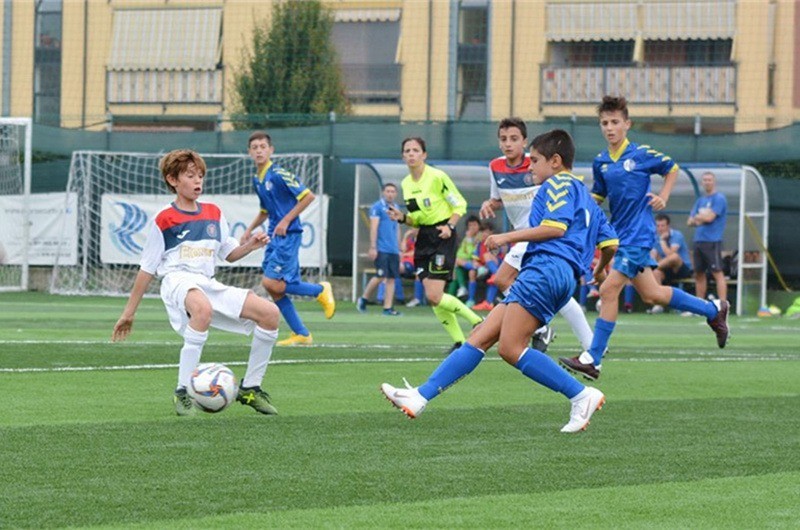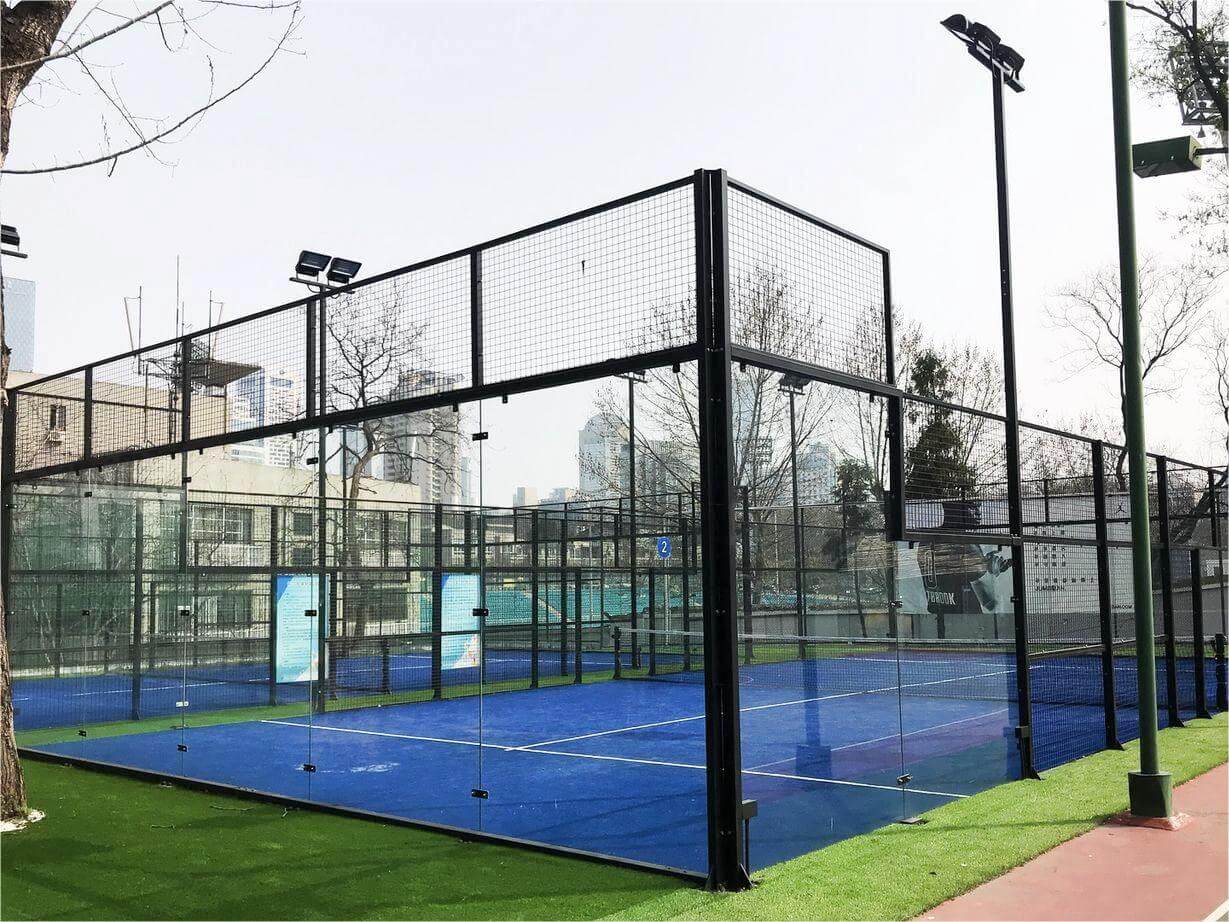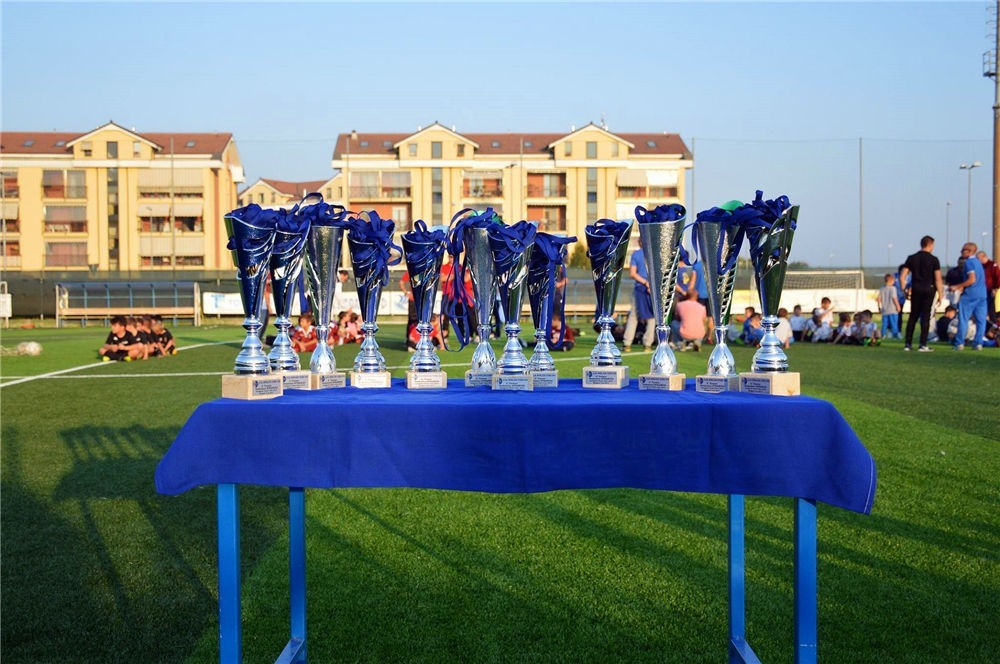When it comes to football field surfaces, there are three main types that dominate the industry: natural grass, artificial grass, and hybrid turf. In this article, we will explore these surface options in detail, discussing their characteristics, benefits, and considerations for choosing the most suitable surface for your needs.
1. Natural Grass
Natural grass fields offer excellent traction and a comfortable playing experience for football players. They can also provide a cooler surface compared to artificial turf. Various types of natural grass surfaces exist, tailored to specific regional temperatures and stadium drainage systems. Similar to a well-maintained backyard lawn, natural grass fields boasts a lush green appearance. Many companies have dedicated significant time and effort to developing grass varieties that can withstand the heavy wear and tear caused by football cleats.
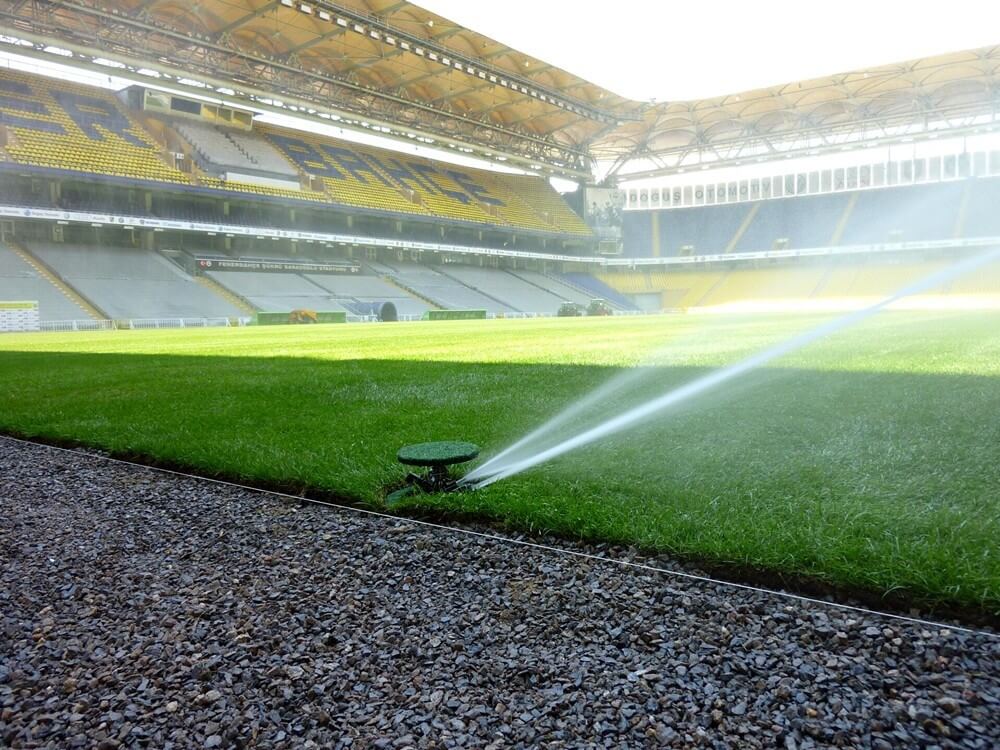
2. Artificial Grass
Artificial grass has become the preferred choice for football fields due to its numerous benefits. This all-weather surface is designed to withstand heavy and repeated use, making it highly durable and long-lasting. The synthetic fibers used in artificial grass closely resemble short blades of grass, providing a cushioned and consistent playing surface. Unlike natural grass, football artificial turf requires minimal maintenance, eliminating the need for watering, mowing, and reseeding. It also offers excellent traction and stability, reducing the risk of injuries caused by shoe sticking or catching. Additionally, artificial grass allows for multipurpose use of stadiums, accommodating events beyond football. With its cost-effectiveness and reliable performance, artificial grass has revolutionized the football field industry, providing an ideal playing surface for athletes at all levels.

3. Hybrid Turf
Hybrid turf combines the best features of natural grass and artificial grass, offering a durable playing surface. Hybrid natural surfaces incorporate a minimal percentage of synthetic fibers, which accounts for less than 5% of the overall grass coverage, giving it a “natural” label. Hybrid synthetic surfaces, on the other hand, consist of an artificial grass carpet with sand or organic infill. While hybrid turf provides enhanced durability and allows for increased playing hours compared to natural grass, it may not be the ideal choice for extensive usages, such as pitch hire and community activities. In such cases, a common artificial turf pitch would be a more cost-effective solution.
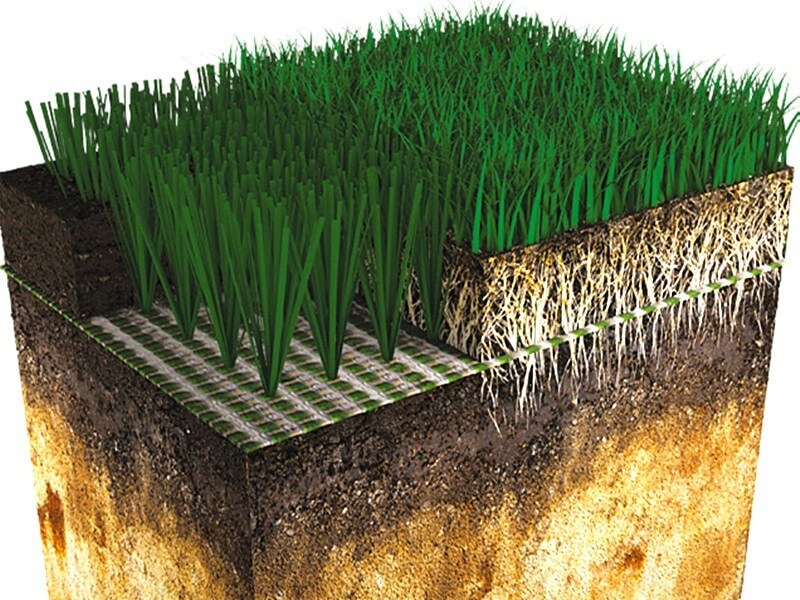
Conclusion:
Football field surface selection is a crucial decision that impacts player performance, safety, and maintenance requirements. Natural grass offers a traditional and visually appealing option with excellent traction, while artificial grass provides all-weather durability and reduced maintenance costs. Hybrid turf combines the best of both worlds, offering increased durability but may not be suitable for intensive usage scenarios. When making your decision, consider factors such as usage, budget, and desired maintenance levels. While our focus is on providing artificial football turf, we do not currently offer hybrid football turf solutions.

